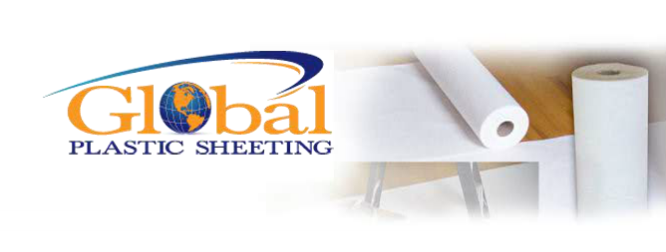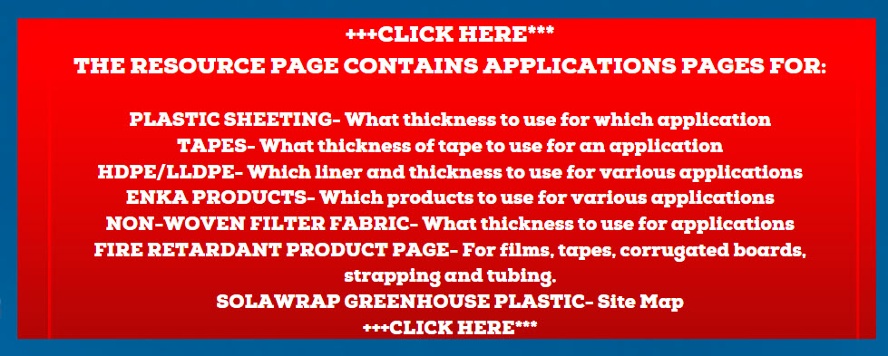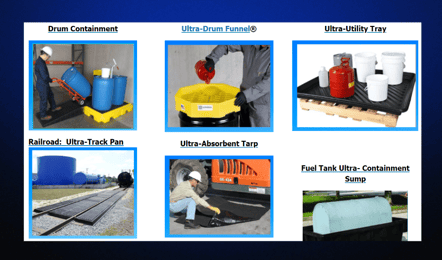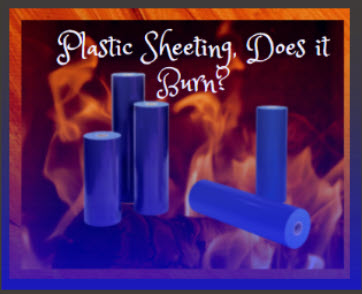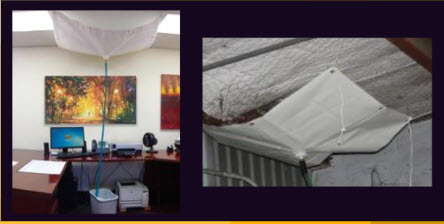What is "Certified Plastic Sheeting"?
A certified plastic sheeting film refers to a product that meets specific standards and has been verified by recognized organizations or regulatory bodies. The certification process involves adherence to rigorous guidelines and testing protocols, ensuring the plastic sheeting's quality, safety, and suitability for various applications. Some common standards for certified plastic sheeting include:
-
ASTM Standards: The American Society for Testing and Materials (ASTM) establishes industry standards for various materials, including plastic sheeting. Compliance with ASTM standards ensures that the product meets specific criteria related to performance, durability, and safety.
- NFPA 701: NFPA 701 specifically pertains to fire resistance standards for textiles, including flame-retardant (FR) plastic sheeting. The National Fire Protection Association (NFPA) developed this standard to ensure that materials used in various applications, such as temporary structures, tents, and event spaces, meet specific fire safety criteria. For FR plastic sheeting, compliance with NFPA 701 involves subjecting the material to a series of standardized tests to assess its resistance to flame propagation when exposed to specific ignition sources. Successful compliance indicates that the FR plastic sheeting meets the required fire resistance standards, making it suitable for applications where fire safety is a crucial consideration, such as construction sites, events, or areas with stringent fire code regulations. Adhering to NFPA 701 ensures that FR plastic sheeting provides an added layer of protection against the risk of fire, contributing to overall safety in diverse environments.
-
ISO Certification: International Organization for Standardization (ISO) certification indicates that the plastic sheeting adheres to international quality management and performance standards. ISO certifications can cover aspects such as material composition, manufacturing processes, and environmental impact.
-
FDA Approval: If the plastic sheeting is intended for applications involving contact with food or pharmaceuticals, certification from the U.S. Food and Drug Administration (FDA) is crucial. FDA-approved plastic sheeting is deemed safe for use in these sensitive environments.
-
RoHS Compliance: Restriction of Hazardous Substances (RoHS) compliance ensures that the plastic sheeting does not contain harmful substances such as lead, mercury, cadmium, and other hazardous materials. This is particularly important for environmental and health considerations.
-
UL Certification: Underwriters Laboratories (UL) certification may be relevant for plastic sheeting used in electrical applications. It verifies that the product meets safety and performance standards, preventing hazards associated with electrical installations.
Why Certification Matters:
-
Quality Assurance: Certification ensures that the plastic sheeting meets established quality benchmarks, providing confidence in its performance and reliability.
-
Compliance with Regulations: Certification demonstrates compliance with industry regulations and standards, reducing the risk of legal or regulatory issues.
-
Consumer Confidence: Certified plastic sheeting instills trust in consumers and end-users, assuring them that the product has undergone testing and meets specified criteria.
-
Application Suitability: Different certifications may be required for specific applications, such as construction, agriculture, healthcare, or electronics. Certification ensures that the plastic sheeting is suitable for its intended use.
-
Environmental Considerations: Certifications like RoHS demonstrate a commitment to environmental responsibility by avoiding the use of hazardous substances, contributing to sustainable practices.
In summary, certification for plastic sheeting involves meeting and exceeding industry standards to ensure quality, safety, and suitability for various applications. The specific standards vary based on the intended use, and certification provides tangible benefits in terms of performance, regulatory compliance, and consumer trust.
Ask for the certification for the plastic sheeting film you are buying.


